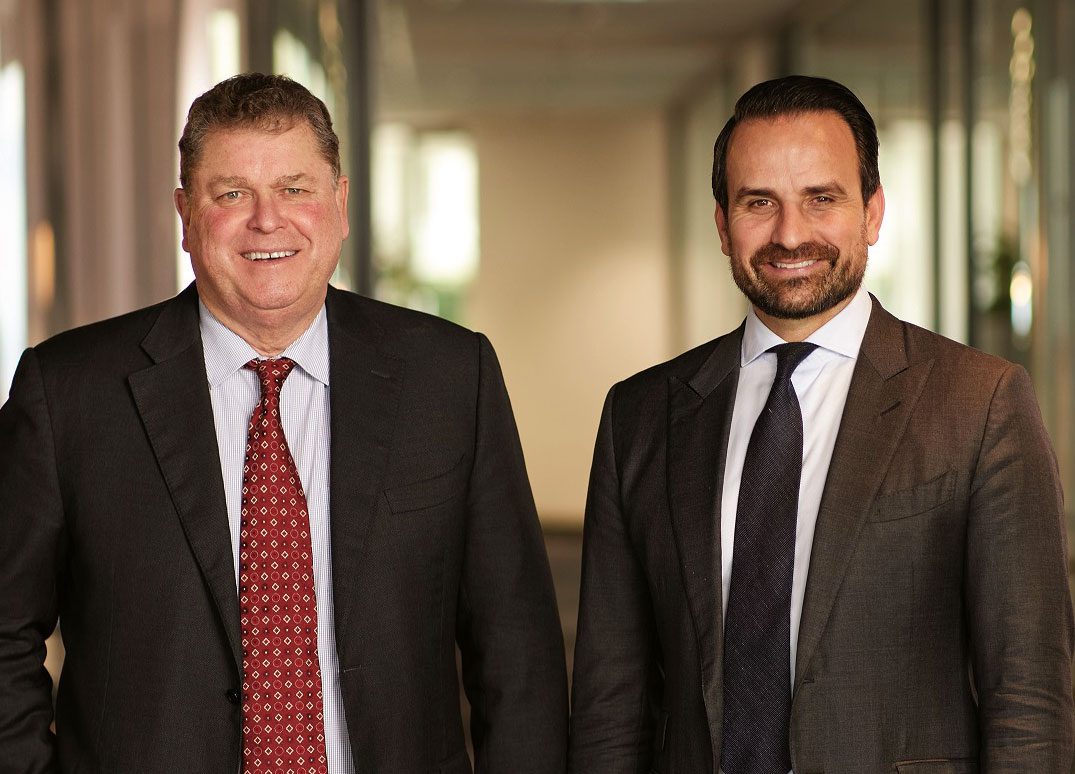This article is from the Australian Property Journal archive
REAL estate fund manager Centuria Capital believes the migration boom underway and an expanding population needing fresh produce will be to the benefit of its broad exposure to traditional and alternative asset classes.
Group assets under management grew to $21.1 billion in the first half, largely driven by growth within its real estate finance business, including Centuria Bass Capital (up 41% year-on-year to $1.58 billion), its industrial platform (to $5.92 billion) and focus on agricultural real estate (up 31% to $0.55 billion).
“Australia’s growing population, driven by surging migration, provides strong tailwinds across the real estate sectors Centuria is exposed to,” said joint Centuria CEOs John McBain and Jason Huljich.
“This extends to traditional sectors including decentralised offices, large format retail and daily needs retail as well as industrial, agriculture, healthcare and real estate finance.”
Centuria manages 417 properties and 2,450 tenant customers. Its real estate platform provides an average 96.2% occupancy, 5.7-year weighted average lease expiry and an average capitalisation rate of 6.03%.
“The need for this diversity has been highlighted by recent pandemic and financial market disruptions. The entire management team has worked diligently to expand into the financing and agriculture sectors and this has been a major factor in our ability to forecast reliable earnings to our securityholders.”
Centuria reaffirmed its full-year operating earnings per security guidance to 11.5 to 12.0c, and distributions of 10.0c per security.
It posted a group operating profit after tax of $49.4 million, resulting in operating earnings per security of 6.1c and an interim distribution of 5.0c per security was declared. Total operating revenues of $149.6 million reflected restrained transaction volumes, it said.
Net asset value increased to $1.78 per security through unrealised fair value gains from the group’s co-investment stakes.
Centuria sought to harness tailwinds from the outperforming industrial real estate sector by securing the Starwood mandate for the $500 million Last Mile Logistics Partnership, in addition to its flagship industrial trust identifying a significant development pipeline, which aims to capitalise on historically low domestic vacancy rates and limited supply within urban infill industrial markets.
Centuria has a $2.3 billion development pipeline across its portfolio.
Huljich said alternative real estate markets, namely real estate finance and agriculture, provided strong growth throughout the period, benefiting from unlisted wholesale and retail investor appetite for emerging market investment opportunities.
“We believe these sectors, in particular, will continue to expand in the near to mid-term driven by constrained lending criteria from traditional finance markets and Australia’s expanding population increasing demand for fresh produce.”
This summer Centuria paid $21.5 million for an Adelaide Plains greenhouse and glasshouse facility that produces tomatoes, cucumbers, eggplants and capsicums, to be held in its open-ended unlisted Centuria Agriculture Fund
Balance sheet flexibility strengthened through a $50 million extension of Centuria’s revolving loan note to the 2027 financial year. It has $255 million of cash and undrawn debt available and the realisation of $187 million in cash from the sale and recycling of balance sheet assets, which contributed to operating gearing of 13.9%.




